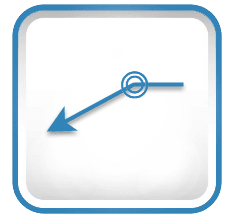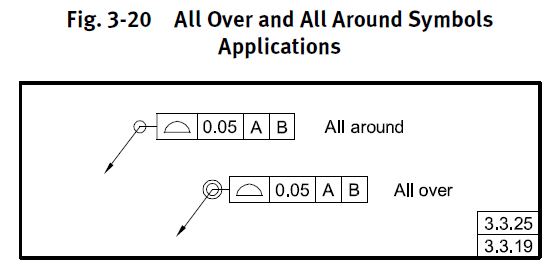If using the "all over" call out on a sheet metal part, is it the "Unless Otherwise Specified" portion of the all over usage that would need to exempt the all over applying to the thickness, and the main faces? Does the sheet metal thickness tolerance, flatness, etc. still default back to the material specification? Can see the possibility of confusion, especially since the example that was shown has the profile pointing to one of these surfaces.
Other concerns I have with the "all over" on a sheet metal part is that I usually allow more tolerance on the bends, and in the bends reliefs (If I even care at all about the bends reliefs). There is also sometimes deformation that can take place in the bend area where obscure angles take place in the bend.
I am planning on doing the part definition as a hybrid model/drawing where basic dimensions are to be queried from the model, and want to make sure I have all my bases covered. Items like drawoh brings up are things I will need to deal with as each view of a hole across a bend may be referenced to different datums.
If I go with the A<-->B type profile going from bend to bend, then C<-->D to the next, etc. and if I am referencing different datums for each of these sections, I will then lose simultaneous requirements, and then will have to deal with relating each of these sections to each other.
I may be over thinking this, but again, just want to make sure I think everything through before going forwrard.
Thanks You.



